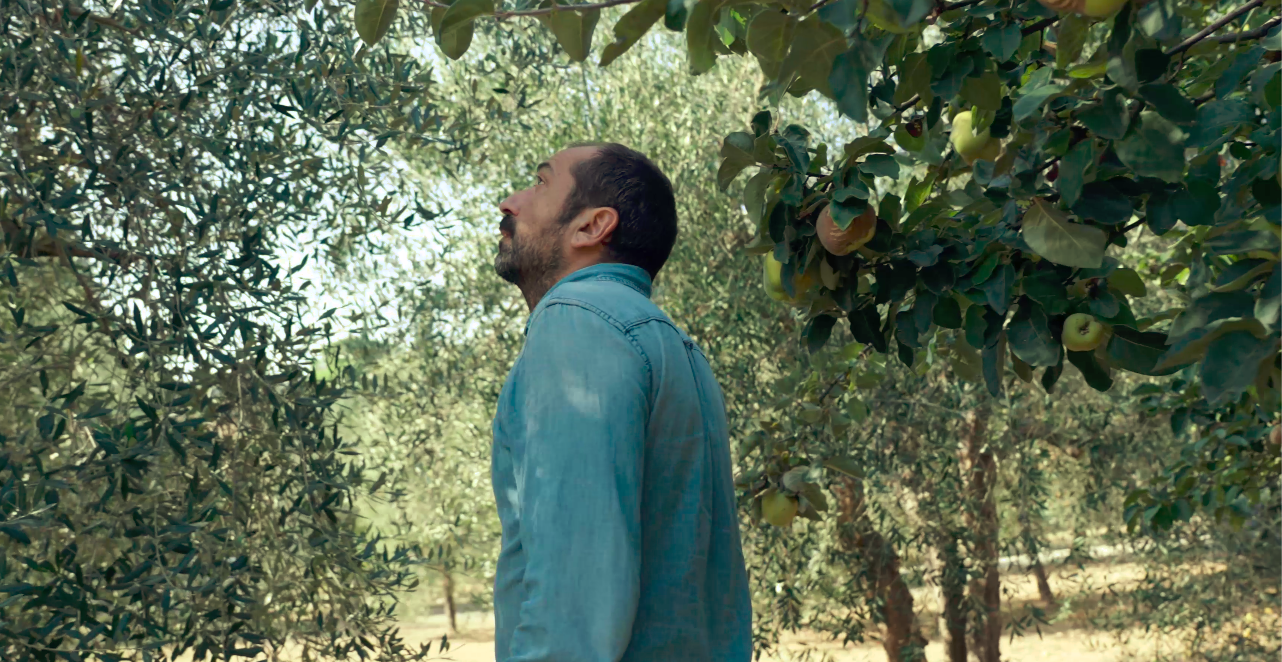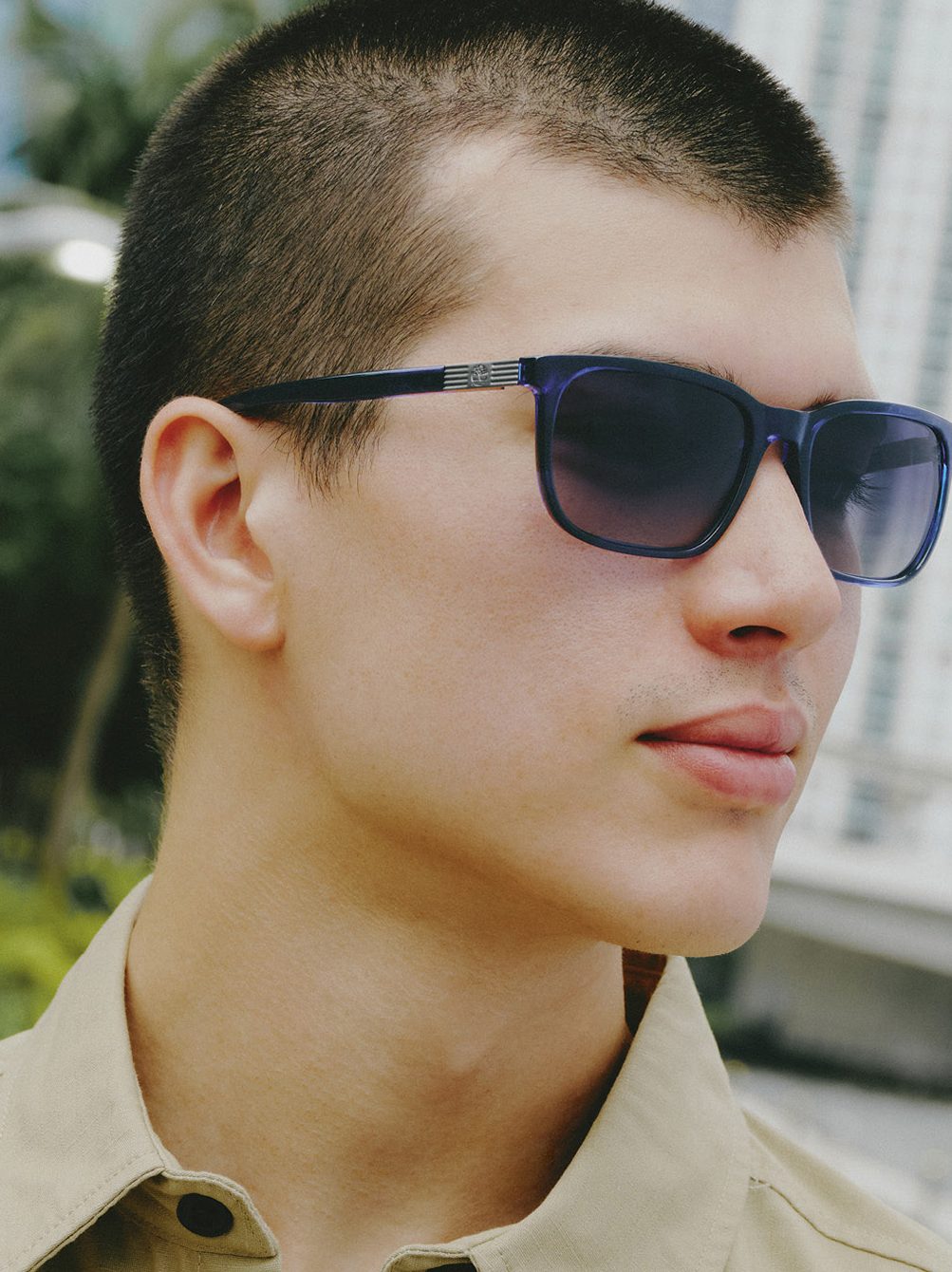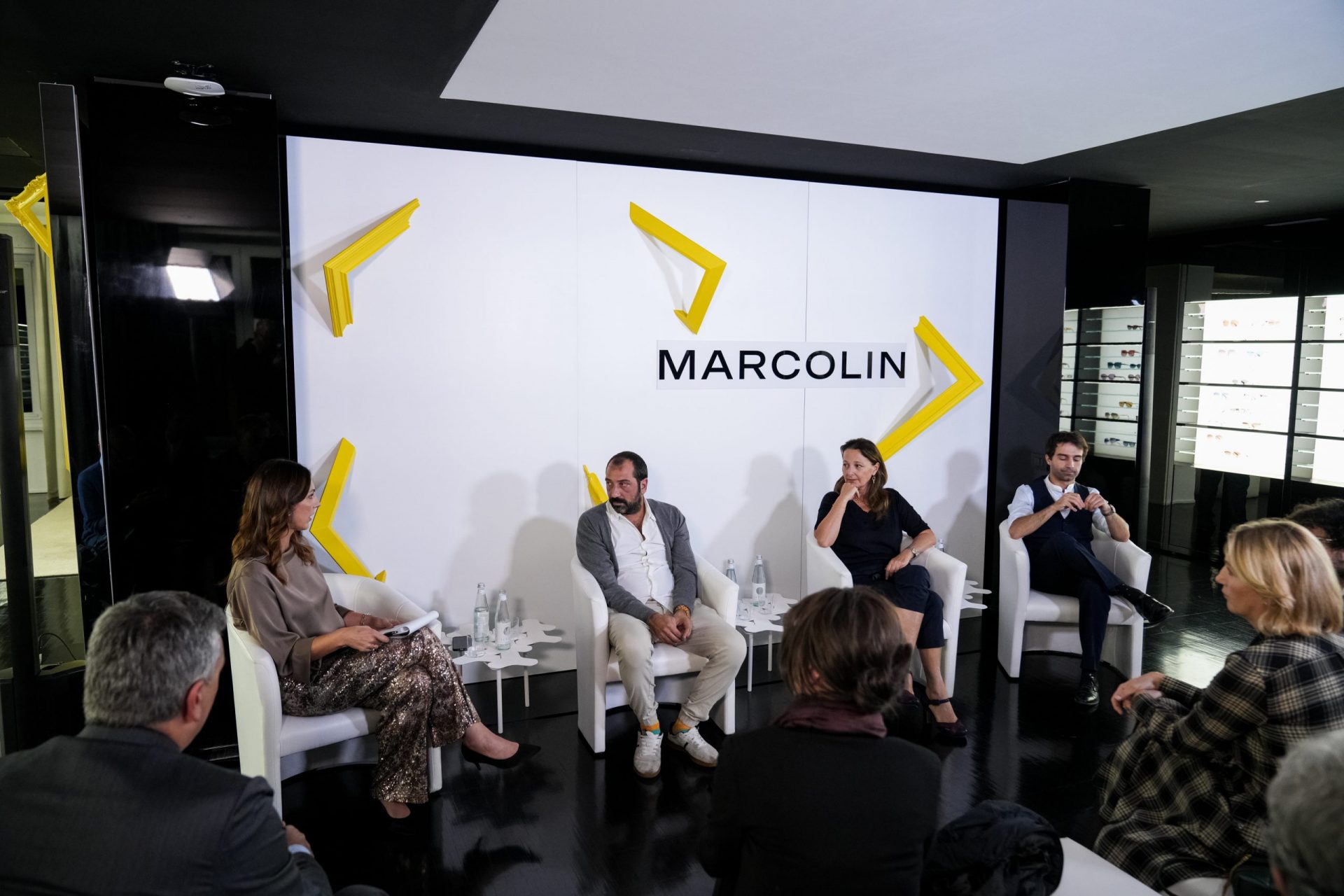In our rapidly evolving world, with unstable scenarios and ever-changing markets, upgrading one’s professional skills is becoming increasingly important, a requirement that can really make a difference when working in an innovation-oriented environment. This is why on November 8 Marcolin kicked off the “Leadership Academy”, a training project dedicated to the company’s talents and future leaders that was launched in 2021 and that is now at its third run. And that this year featured a session fully dedicated to women’s leadership. An issue that is a top priority for a company where 57% of its employees are women (43% of whom are senior managers). So much so that Marcolin earned the recognition « Best Employers for Women 2022 » from the German ITQF Quality Institute, which rewarded the top 360 companies in Italy.
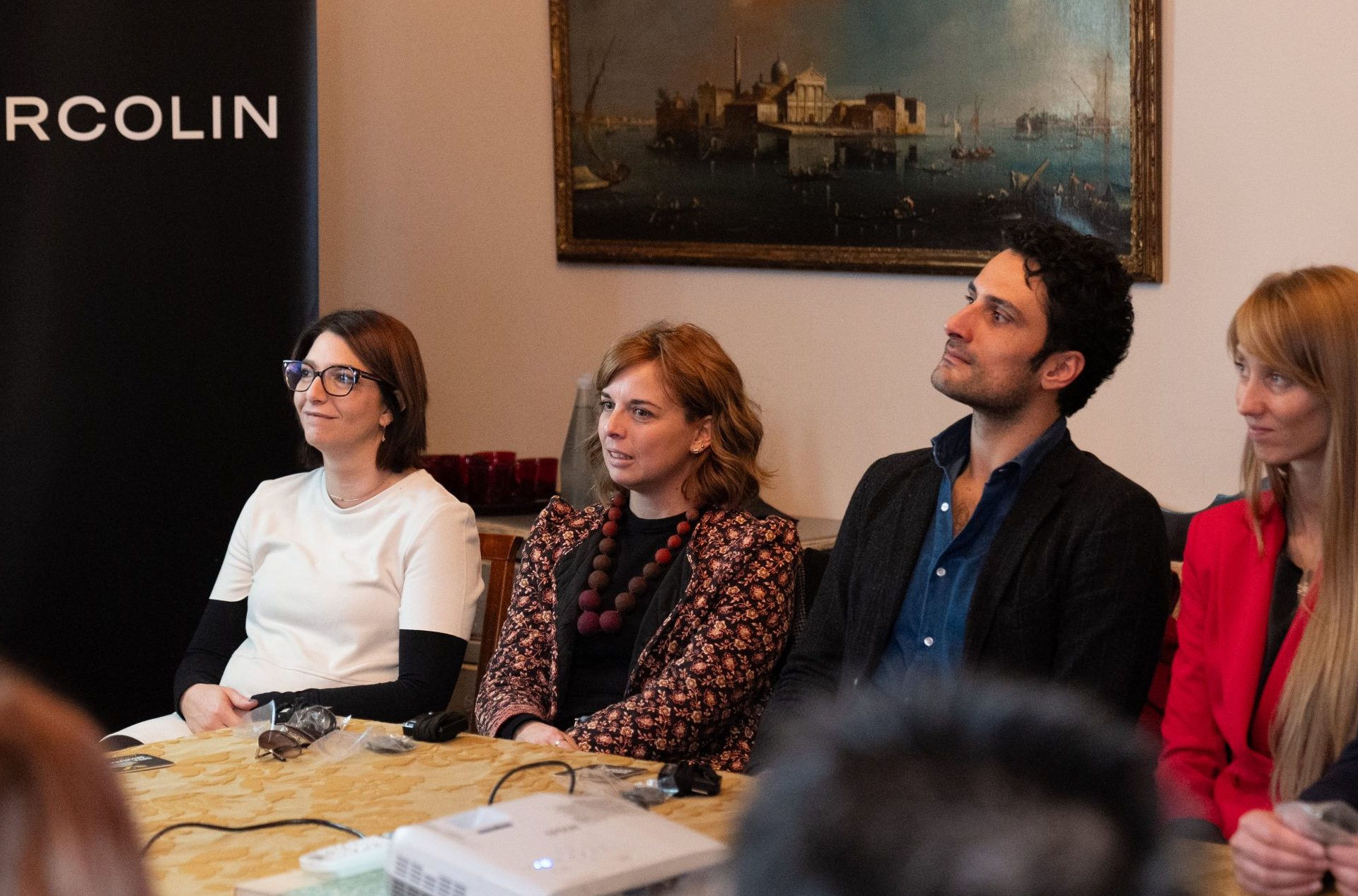
The project, including ten meetings and running until February 2024, focuses on four key values on which Marcolin’s Leadership model is based: openness to change, practicality, responsibility and sense of belonging. The final goal? Providing a select group of its people with all the tools needed to look to the future with awareness and an open mind. Because there are many new, ever-changing challenges facing us today. From an increasingly closer connection between the physical and digital worlds to corporate social and environmental responsibility up to the competitive scenario among European, Chinese and North-American development platforms. A real obstacle course that, to be navigated effectively, requires agile thinking and the change-oriented mindset of conscious and qualified leaders.
There are many new, ever-changing challenges facing us today
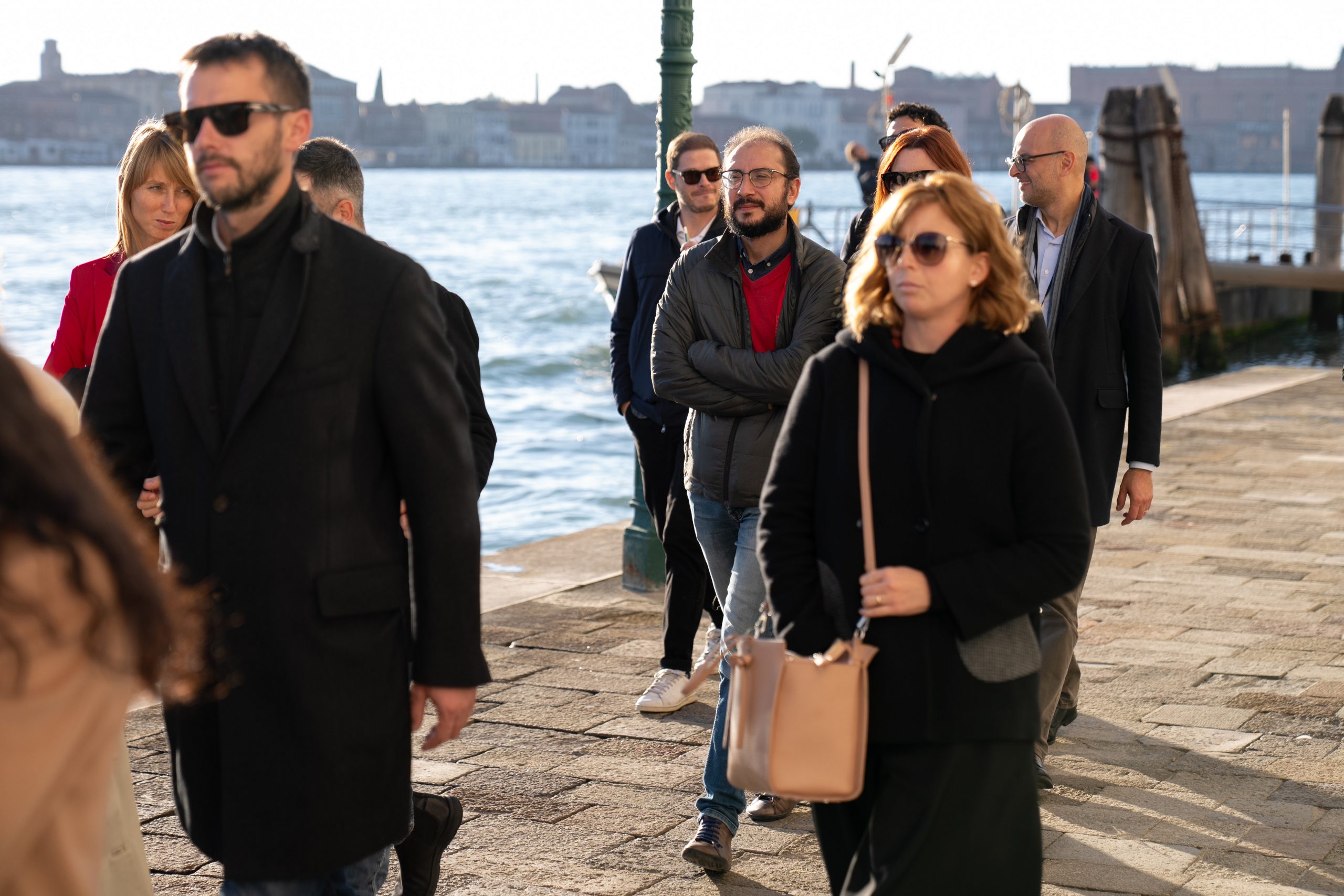
The first day of the event, set against the welcoming backdrop of La Calcina hotel in Venice, just a few steps away from the Basilica di Santa Maria della Salute and Punta della Dogana, hosted a team of speakers who, through six theoretical and practical steps, talked about the new leadership. No longer viewed in general as the ability to “encourage others to do better” but as a real driver of personal growth and independence for all, as well as the ability to enhance positive resources and especially, to identify and unleash hidden talent within each and every person. An intense working day that ended with a visit to the Icons exhibition at Punta della Dogana; a show that, with 80 works of contemporary art from the Pinault Collection (by names of the caliber of David Hammons, Agnes Martin, Kimsooja, Chen Zhen, and Rudolf Stingel) and site-specific installations by 30 artists belonging to different generations, gave food for thought and an opportunity to discuss the issue and role of icons and images in contemporary culture.

Marcolin’s Leadership Academy project thus provides an effective, complete and helpful way to boost productivity and in-house performances, starting from good relationship building skills. How? Through attitudes and behavior that can positively influence others, stimulating their personal growth. A valuable ingredient that – as confirmed by the latest research in the industry – is the real “raw material” of a modern, competitive and future-oriented company.



